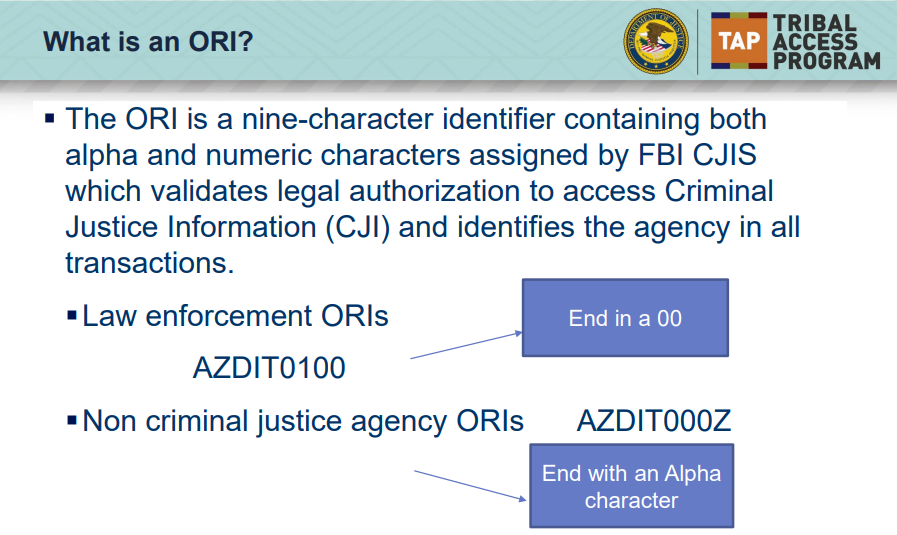The originating agency identifier (ORI) is a unique identification number assigned to each of the nearly 15,000 law enforcement agencies in the United States. Every time a piece of property is stolen, if a crime report is created by a law enforcement agency, the ORI is submitted to the National Crime Information Center (NCIC) along with the case number, pertinent information about the item such as the owner applied number (OAN), and the make model and serial number.
Uniform Crime Reporting Program ORI-Agency Look-up Table (umich.edu)
Unique Identification Number (UIN)
Many countries require each citizen to have a compulsory national identification card. As a result, every citizen is issued a unique identification number (UIN). The United States doesn’t require a UIN for every citizen, but we come very close. Examples of UINs in the U.S. are Social Security numbers, drivers’ license numbers and passport numbers.
List of national identity card policies by country – Wikipedia
Using a UIN for Home Security
When Operation Identification (Operation ID) was first developed in the 1960s, the police wanted citizens to mark valuables with a UIN. This immediately caused concerns about government overreach. When we look back on it now, it seems pretty ridiculous that it was originally recommended that all items of value be marked a Social Security number. Very quickly after that, the recommendation was a drivers’ license number with the 2-letter state abbreviation.
Plano, Texas, Police Dept.: Operation ID – YouTube
Another idea for the purpose of identifying a unique individual was for each law-enforcement agency to issue an alpha numeric string beginning with the originating agency identifier (ORI), followed by another alphanumeric string.
How to Apply for a Civil ORI (justice.gov)
It became clear very early that social security numbers are not traceable due to the privacy statutes, hence rendering them useless for Operation [Identification]. Federal laws have been passed which make the social security number a private number; it cannot be used for identification or tracing purposes. Driver’s license numbers lacked uniformity and recognizability, in addition to the fact that not everyone has a driver’s license. Finally, it was decided Operation I.D. in New York state would be based upon a two-part “Owner Applied Number” (OAN in NCIC language). The first part of the number would be the police department’s own NCIC (National Crime Information Center) alpha-numeric identifier, or ORI. The second part would be a department-assigned sequence number. The alpha-numeric identifier is a unique, presently in-place, readily recognizable number that would make engraved OANs easily traceable to a specific police department. The sequence number following the alpha-numeric identifier would enable the police department to identify the owner of the recovered property.
77271NCJRS.pdf (ojp.gov)
Internet-Based UIN
While Operation ID is still supported by police departments and sheriffs’ agencies, it has never been popular. This is not only because of privacy concerns but because Operation ID is inconvenient to implement. As a result, the strategy has faded from sight and has also become watered down.
Operation Identification Police – Search (bing.com)
Operation Identification Sheriffs – Search (bing.com)
My Property ID Registry has a devised an internet-based enhancement of Operation ID that is easy, online, secure and global. Our UIN is independent of any government institutions, preserving the privacy of the account holder. Yet, our strategy exceeds Operation ID in valuable ways and is fully compliant with globally recognized standards for worldwide identification and traceability.
Asset Management Standards – My Property ID Registry

